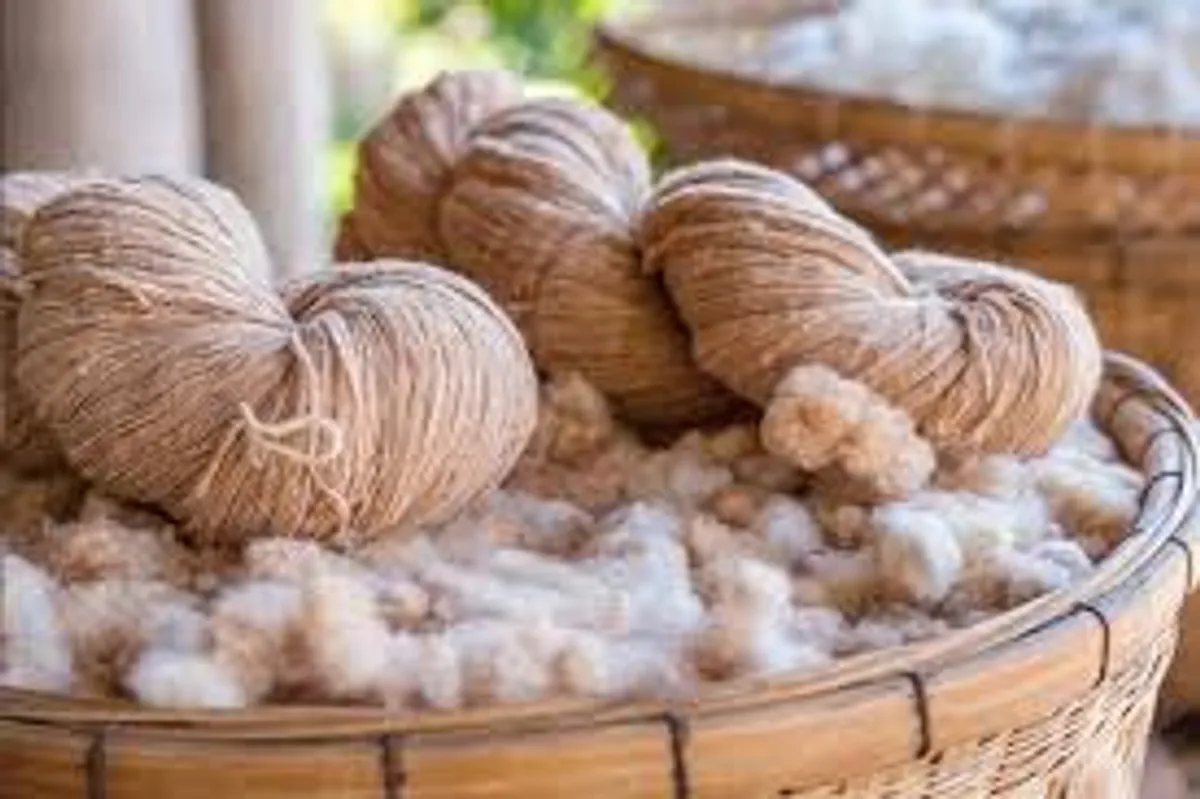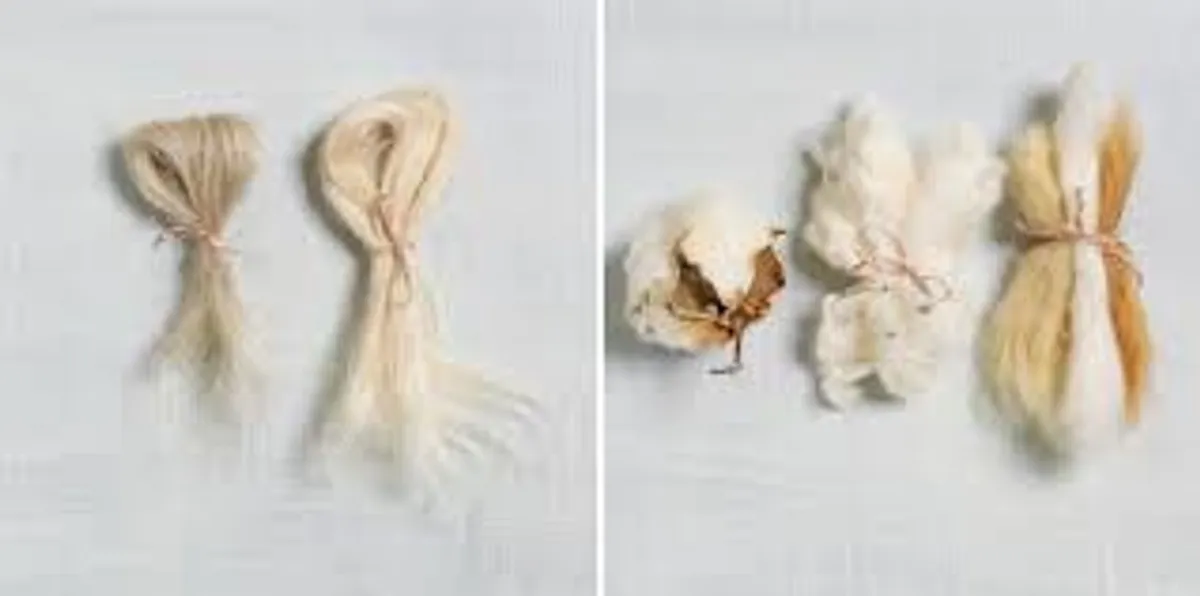cotton fiber the process of production and applications of cotton fiber
Cotton has been a vital fabric in human history for thousands of years. From the ancient civilizations of Egypt and India to the modern fashion industry, cotton’s soft texture, breathability, and versatility have made it a global staple. Here at KATAmats, we know that cotton is not just a fiber but a key element in the world of textiles. Its use spans from everyday clothing to luxury home textiles and beyond.
When we talk about the advantages of natural fibers, cotton is at the forefront. Unlike synthetic fibers made from chemicals, cotton is a natural, biodegradable, and renewable resource. At KATAmats, we value the sustainable and eco-friendly nature of cotton, ensuring that our products offer both luxury and environmental consciousness.
In this article, we’ll explore the fascinating process of cotton production—from the cotton plant in the field to the finished fabric. We’ll also look at the diverse applications of cotton in various industries, highlighting how this natural fiber remains one of the most important materials in textiles today.
The Cotton Plant: A Natural Wonder
The journey of cotton fiber begins with the cotton plant (Gossypium). Cotton plants thrive in warm climates and are cultivated in various parts of the world, including India, the United States, China, and Brazil. The cotton plant has a unique feature: its fluffy, white bolls that hold the cotton fibers, which are the key component used to make fabric.
Cotton plants grow to about 3 to 6 feet tall, and their flowers start off as a creamy white color before turning red and then dark brown when they are ready to be harvested. The cotton fiber is derived from the plant’s seeds, which are surrounded by soft, fluffy fibers. These fibers are what we use to create cotton fabric.
Before we dive into the production process, let’s take a moment to highlight the advantages of natural fibers like cotton. Unlike synthetic materials, cotton is biodegradable, meaning it breaks down naturally over time, reducing its environmental impact. Moreover, cotton fibers are soft, breathable, and absorbent, making them ideal for a wide range of textile products. At KATAmats, we ensure that our cotton products are sourced sustainably to support eco-conscious fashion and home goods.

Harvesting Cotton: The First Step in Cotton Production
Once the cotton plant has matured, it’s time to harvest the cotton bolls. Cotton harvesting typically occurs in late summer or early fall, depending on the climate of the region. There are two primary methods for harvesting cotton: mechanical harvesting and hand-picking.
In modern cotton farming, mechanical harvesters are commonly used to collect the cotton bolls quickly and efficiently. These machines work by shaking the cotton plants to remove the cotton bolls, which are then collected and stored. In some regions, particularly in smaller-scale farms, cotton is still hand-picked, which ensures the delicate fibers are preserved.
After the cotton bolls are harvested, they are transported to cotton gins where the next phase of production begins.
Do you want to learn more about natural materials? This article will give you an overview.
Ginning: Separating the Cotton Fiber from the Seeds
The cotton gin is a machine that separates the cotton fibers from the seeds, a process that was revolutionized by Eli Whitney in 1793. Before the cotton gin, this process was done by hand and was extremely time-consuming. Today, gins use rotating saws and brushes to quickly separate the cotton fibers from the seeds. The result is raw cotton fibers, ready to be spun into yarn.
At KATAmats, we understand that the quality of cotton fiber is critical in creating high-end textiles. After the cotton has been ginned, it is cleaned and sorted, removing any remaining debris, seeds, or plant material. The fibers are then compressed into bales, which are sent to spinning mills for the next stage in the production process.
Spinning: Turning Cotton into Yarn
Once the cotton fibers are cleaned and separated, the next step is spinning. Spinning is the process where the fibers are twisted together to form a continuous thread or yarn. The spinning process is essential for determining the texture, strength, and quality of the final cotton fabric.
Cotton yarn can vary in thickness, with finer yarns being used for lightweight fabrics and thicker yarns used for heavier materials. The spinning process also affects the softness and smoothness of the fabric. At KATAmats, we use carefully selected cotton fibers and advanced spinning techniques to create yarn that’s both durable and soft.
The spinning process also involves twisting the cotton fibers together. The more twist there is, the stronger the yarn becomes. After spinning, the cotton yarn is ready to be woven or knitted into fabric.
Weaving or Knitting: Creating Cotton Fabric
Cotton fabric is usually made by weaving the cotton yarn into a textile using a loom. The process of weaving involves interlacing the threads of yarn to form a fabric. The most common weaving method is the plain weave, where the yarns are woven in a simple over-and-under pattern. This creates a strong, durable fabric that’s perfect for clothing, home goods, and even industrial applications.
However, cotton can also be knitted, which gives the fabric a more elastic and stretchy quality. Knitted cotton fabrics are commonly used for items like T-shirts, activewear, and underwear, as they provide comfort and flexibility.
After the fabric is woven or knitted, it is treated and finished to enhance its properties. This can include washing, bleaching, dyeing, and applying finishes to improve durability, softness, and colorfastness. At KATAmats, we prioritize quality and ensure that our cotton fabrics are carefully finished to meet high standards.

The Versatility of Cotton: Applications Across Various Industries
Cotton is an incredibly versatile fiber, and its applications span across many industries. Some of the most common uses of cotton include:
- Clothing: Cotton is a staple in the fashion industry. From casual T-shirts and denim jeans to elegant dresses and blouses, cotton’s softness, breathability, and comfort make it a go-to fabric for all types of apparel.
- Home Textiles: Cotton is widely used in home textiles, including bed linens, towels, and curtains. The fabric’s softness and absorbency make it ideal for products that come into contact with the skin. Cotton sheets, for example, are loved for their breathability, while cotton towels are known for their ability to absorb moisture effectively.
- Industrial Products: Cotton is also used in the production of various industrial goods, such as filters, medical products (like bandages), and even as a component in the manufacture of paper. The versatility of cotton allows it to be used in many different ways, beyond just clothing and home textiles.
- Cotton in Eco-friendly Products: With the growing focus on sustainability, organic cotton has become increasingly popular. Organic cotton is grown without the use of synthetic pesticides or fertilizers, making it a more eco-friendly alternative to conventional cotton. At KATAmats, we prioritize using organic cotton in many of our products, as part of our commitment to environmental sustainability.
Discover the world of fibers and their unique characteristics in this detailed article.
The Benefits of Cotton: A Look at the Advantages of Natural Fibers
Cotton, like many other natural fibers, has several advantages over synthetic materials. Here are some of the key benefits:
- Breathability: Cotton is highly breathable, which means it allows air to flow through the fabric. This makes it an ideal choice for hot climates, as it helps regulate body temperature.
- Softness and Comfort: Cotton is naturally soft, which makes it comfortable against the skin. It’s perfect for items like clothing and bedding that need to be gentle on the skin.
- Absorbency: Cotton is highly absorbent, making it excellent for towels, bathrobes, and other products where moisture needs to be absorbed quickly.
- Biodegradability: Unlike synthetic fabrics made from plastic fibers, cotton is biodegradable and won’t contribute to plastic pollution in the environment.
- Durability: Despite being soft, cotton is durable and can withstand regular wear and tear, making it a long-lasting choice for a variety of products.
At KATAmats, we embrace the advantages of natural fibers like cotton, as they offer a sustainable, comfortable, and eco-friendly alternative to synthetic textiles.
Conclusion
Cotton’s journey from the field to the finished fabric is a fascinating process that requires skilled craftsmanship and attention to detail. From harvesting the cotton bolls to spinning the fibers into yarn and weaving them into fabric, each step plays a crucial role in creating the cotton products we rely on every day.
Whether it’s a soft cotton T-shirt, luxurious cotton sheets, or eco-friendly cotton towels, this versatile natural fiber continues to play a central role in the textile industry. At KATAmats, we are committed to creating high-quality cotton products that offer both comfort and sustainability. Cotton’s natural benefits, from its softness and breathability to its environmental friendliness, make it a timeless choice for fashion and home goods.